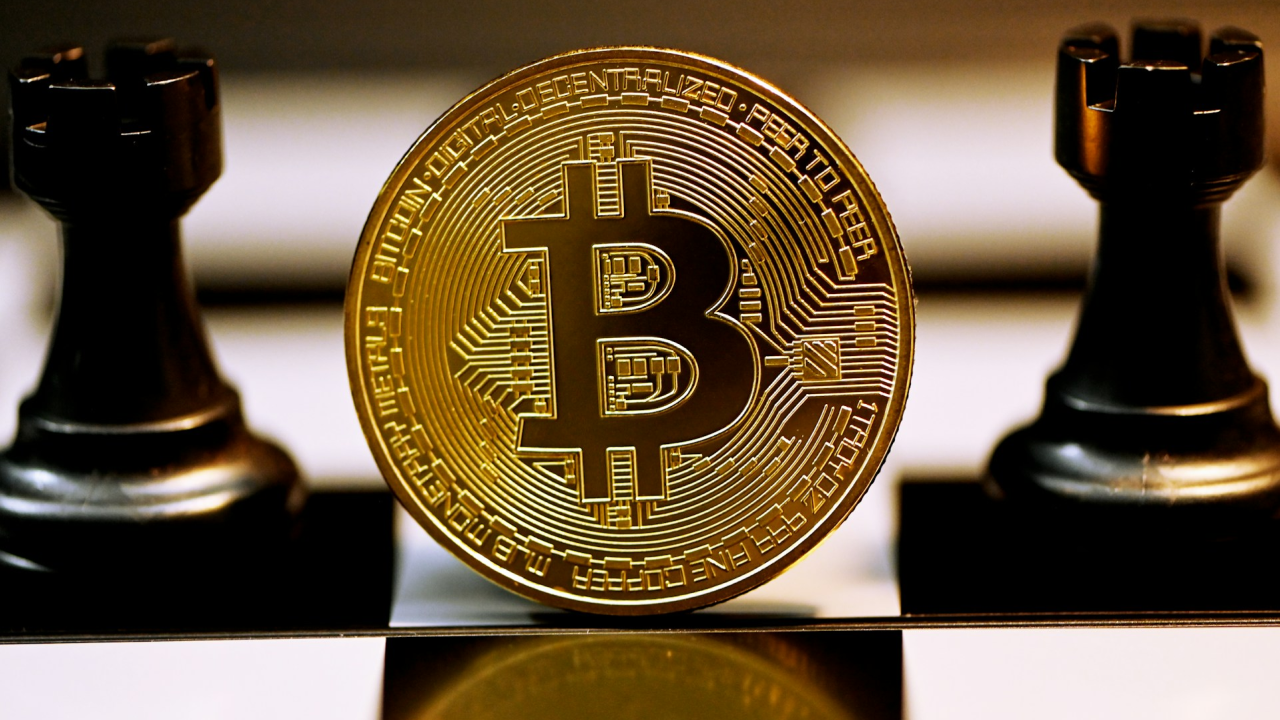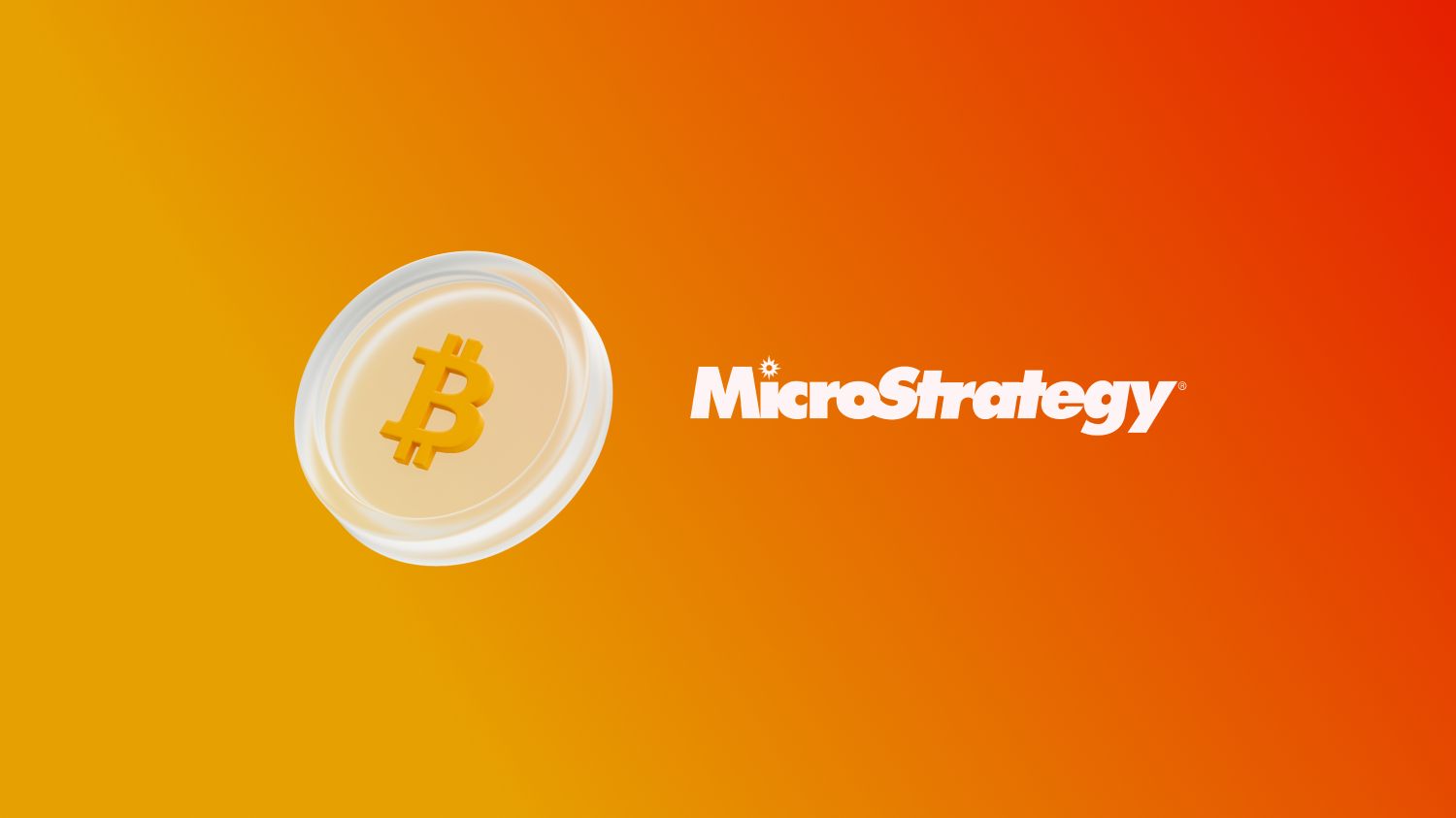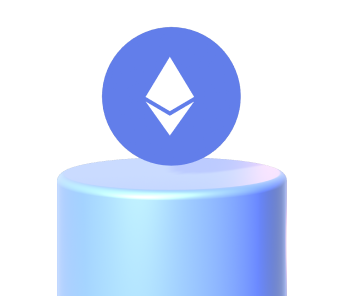Weekend of terror: fears of a new trade war between the US and China led to more than £19 billion liquidated in the crypto market alone. Analysis
The weekend of 10, 11 and 12 October was particularly difficult: the United States threatened tariffs of up to 100% on Chinese imports, set to take effect on 1 November. Naturally, such news caused panic among investors worldwide, and major financial markets, both traditional and non-traditional, suffered heavy losses. In particular, the crypto world witnessed its largest-ever liquidation: £19.16 billion. What caused this shock? Here is the analysis
The trade war between the United States and China
The trade war between the United States and China, as we know, has been ongoing for years: the world’s two most powerful trading economies have been clashing over this issue, alternating between hostile statements and reasoned ‘truces’. However, in recent months, the negotiations have taken on a harsh tone, to say the least.
In particular, since that fateful 2 April, also known as Liberation Day, the two sides have intensified their confrontation, with extremely high reciprocal tariffs – up to 145% – and truces with deadlines repeatedly postponed. Recently, however, the situation seemed to be returning to normal, with the United States and China apparently indicating they wanted to continue negotiations in a more collaborative spirit. But in the second week of October, Beijing reignited tensions.
The trigger
On Thursday 10 October, the People’s Republic announced its intention to impose restrictions on the export of rare earths, over which it has a virtual global monopoly: according to the CSIS (Centre for Strategic and International Studies), China controls 60% of the production and 90% of the processing of these minerals, which are extremely strategic as they are fundamental to the technology (artificial intelligence in particular), energy and defence sectors.
To be more precise, the breaking point can be attributed to the Beijing government’s decision to grant licences for certain types of chips on a ‘case-by-case’ basis. What does this mean? To understand this, we need to take a brief step back and clarify the dynamics of exporting rare earth materials.
As we wrote a few lines ago, these goods are valuable because they are irreplaceable components in the manufacture of chips and semiconductors, elements that are fundamental to a nation’s technological and energy development. They are, therefore, goods subject to restrictions, as they are closely linked to national security: by depriving itself of them, China would effectively allow its rivals, led by the United States, to gain a competitive advantage in these sectors.
With these restrictions, which in theory should come into force on 1 December, the Celestial Empire intends to transform a natural resource into a geopolitical tool. In this way, the Chinese Ministry of Commerce (MOFCOM) will be able to decide, on a case-by-case basis, whether to issue export licences based on several discretionary factors, including: who is the company or entity receiving the materials? For what purpose? Does the export pose a potential risk to Chinese national security? And so on.
The US reaction: the straw that broke the camel’s back
Upon hearing the news, Donald Trump wasted no time, immediately publishing a long, fiery post on Truth in which he essentially stated that he did not like this behaviour. The text ends with a not-so-veiled threat of equally harsh retaliation by the United States. And so it was.
The following day, Friday 10 October, the US President wrote on his Truth social media account that ‘the United States of America will impose a 100% tariff on imports from China, in addition to the tariffs already in place’ and that ‘from 1 November, we will impose export controls on all critical software, without exception‘.
For the sake of completeness, we would like to point out that, at the time of writing, Trump has shown a willingness to reconcile with Chinese Supreme Leader Xi Jinping. The latter, writes the POTUS, “was just going through a difficult time,” adding, “don’t worry about China, everything will be fine” because “the United States wants to help China, not harm it.”
Now that we have a clear understanding of the initial context, it is time to look at the figures and graphs to get an idea of what may have happened: how did we get from tariffs to £19.16 billion in liquidated damages? Let’s take a look together.
How did the markets react?
To answer this question, we will first analyse the specific performance of the traditional market and the main crypto assets during the “flash crash”. Then, in the concluding part of the article, we will assess the practical repercussions of the event and the recovery of various crypto assets today, Monday, 13 October.
Traditional market reaction (S&P 500)
The influence of friction between the United States and China on the traditional market was marginal, largely due to timing.
In fact, the market only picked up on the initial announcement: China’s notification of restrictions on rare earth exports, interpreted as a potential resumption of trade hostilities with the US. This statement generated an immediate negative reaction, resulting in a drop of just under 3% from previous prices.
As luck would have it (or perhaps not), the traditional market closed its doors just moments before Trump announced a 100% tariff increase on China. This effectively eliminated the second, and more violent, bearish leg, which, as we will see in the section on cryptocurrencies, hit digital assets hard.
Cryptocurrency market reaction (BTC)
The growing optimism at the beginning of October, combined with the closure of the traditional market, which focused attention and liquidity on digital assets, created the ideal conditions for a violent correction. The excess of leveraged positions opened in recent days was the trigger for one of the most significant flash crashes in the history of the crypto market.
The extent of this correction was measured in terms of liquidations. On Friday alone, as we anticipated, the number of positions liquidated was estimated at around $19 billion.
As for Bitcoin (BTC), the collapse occurred in two distinct phases, following the geopolitical escalation:
- First Impact (China): When China announced restrictions on rare-earth exports, BTC initially lost around 5%, temporarily falling to £116,000.
- Second Impact (Trump): At the height of the clash, Bitcoin fell a further 11% after Trump announced 100% tariffs, hitting a low of £103,084.
This crash resulted in a Bitcoin loss of more than 15%, driven mainly by massive liquidations on exchanges such as Hyperliquid and Binance.
Cryptocurrency market reaction (ETH)
Moving on to Ethereum (ETH), we observe that, as often happens during times of extreme volatility, its dynamics followed those of Bitcoin, but with a slightly higher leverage in percentage terms.
For ETH, too, the crash developed in two distinct bearish phases, which recorded respectively:
- First impact (China): A drop of about 7%, bringing ETH to interact with support at 4000
- Second impact (Trump): The further escalation of the conflict caused a decisive break of the support level at £4,000, triggering a further 15% decline that pushed the price down to a low of £3,439.
With an overall loss of more than 21%, Ethereum showed greater sensitivity during the flash crash, reflecting its higher intrinsic volatility compared to Bitcoin.
The market rebound (V-shape recovery)
Despite the colossal number of liquidations and negative performance recorded on Friday, the market showed a rapid and vigorous recovery just minutes after the wave of liquidations ended, confirming a classic “V-shaped rebound”.
- Bitcoin (BTC): After hitting a low of £103,084, BTC traded at around £115,019 in the following hours, making a recovery of more than 11% in a matter of hours.
- Ethereum (ETH): After losing more than 21% in the flash crash, ETH returned to trading above the psychological threshold of £4,000. More specifically, the price reached £4,157, marking a recovery of about 20% from Friday’s lows.
These rapid and significant recoveries confirm that, although the cryptocurrency market is undergoing increasing institutionalisation, its nature as a market free of certain regulations and characterised by a very high level of leverage still makes it extremely vulnerable to large movements and potential market manipulation.
To conclude, a reflection: as demonstrated by the exceptional rebound over the past few hours, such shocks do not seem to alter the solid long-term fundamentals of this sector, which continues to show remarkable structural resilience.This is particularly true for Bitcoin. To understand why, just compare this event with the last notable shock, the Covid Crash: on 12 March 2020, Bitcoin fell by 40% in a single day.















